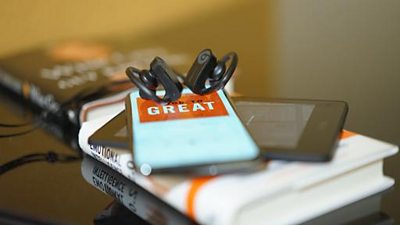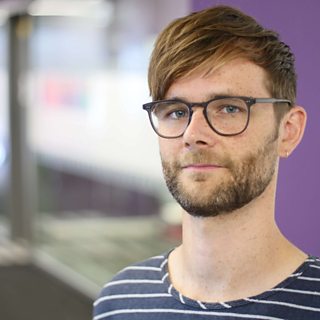
A summary of the Immersive Audio Over Headphones workshop, which was held at the EBU in Geneva and co-organised by Chris Pike of Βι¶ΉΤΌΕΔ R&D and Matthieu Parmentier of France TΓ©lΓ©visions.
Last month the European Broadcasting Union () held its first audio technology workshop, on the subject of Immersive Audio Over Headphones. I organised this workshop with Matthieu Parmentier of , as part of my role as the chair of the EBU's group.
The workshop focused on the use of binaural techniques to create an immersive spatial impression for headphone sound, which I've posted about . With a rapidly increasing number of people able to access broadcast content on portable devices, there is a lot of interest in improving the quality of the headphone listening experience. A more immersive surround sound experience could potentially give a big improvement.
The workshop was held at the EBU headquarters in Geneva on 15th and 16th May and participants came from across the industry: broadcasters, academic institutions and commercial organisations. This variety was also reflected in the workshop programme.
There were some excellent historical reviews of broadcasters' experiments with dummy head recording from Paul Newis (ex-Βι¶ΉΤΌΕΔ) and Werner Bleisteiner (). They explored reasons why binaural recording didn't take off in the 70s and 80s, which included production challenges, sound quality issues and headphone listening being much less common than it is now. Werner also presented some interesting data about the use of surround sound amongst European broadcasters from an ongoing survey, his BR-Klassik station many classical concerts in surround sound each year. There were also figures on the rapid growth of the headphone market, 11 million headphones were sold in Germany last year at an average price of €30.
Current developments in the broadcast industry around binaural sound were discussed, including Radio France's website, our of available headphone surround production tools and the current standardisation activity going on in the . Following this Matthieu Parmentier chaired a session with some of the biggest companies in the industry, where they presented aspects of their approach to binaural technology.
The second day focussed on the open research challenges in this area. Assessing the quality of immersive headphone sound is important as new technologies are developed, this is an interesting research topic because established methods do not yet exist. There were several talks on emerging methods for recording and reproducing binaural sound, including new microphone techniques, personalisation for an individual's own morphology and head movements, and even reproduction of binaural signals over loudspeakers.
The workshop also featured many demonstrations of binaural technology and its application. We demonstrated the object-based production approach, playing our radio drama with a dynamic binaural rendering (pictured above), as well as a 3D loudspeaker version. We also demonstrated the use of the emerging to create virtual surround sound for headphones in real-time within a web browser. The Web Audio API is being developed by the W3C Audio Working Group, which is chaired by .
The event concluded with a discussion session, chaired by Βι¶ΉΤΌΕΔ R&D's and featuring researchers from the programme. It was a lively and enthusiastic discussion, with many different opinions voiced. Frank began by asking how long the participants thought it would be until binaural sound was commonplace. Opinions ranged from less than 12 months to more than 5 years.
What was clear overall from the workshop is that there is a lot of energy and interest in the industry around binaural sound. There are many technology products in development that aim to enable binaural broadcasting, but there is still work to be done here to achieve good quality. There is also however currently a lack of content available from broadcasters that makes use of these technologies. Hopefully this workshop has inspired some to push this area further in the near future.
Presentation slides and videos are available to EBU members from the workshop's . Thanks to all of the workshop participants and staff at the EBU for making the event a success. Also thanks and credit to Eoghan O'Sullivan at the EBU for the photographs.
-

Immersive and Interactive Content section
IIC section is a group of around 25 researchers, investigating ways of capturing and creating new kinds of audio-visual content, with a particular focus on immersion and interactivity.
